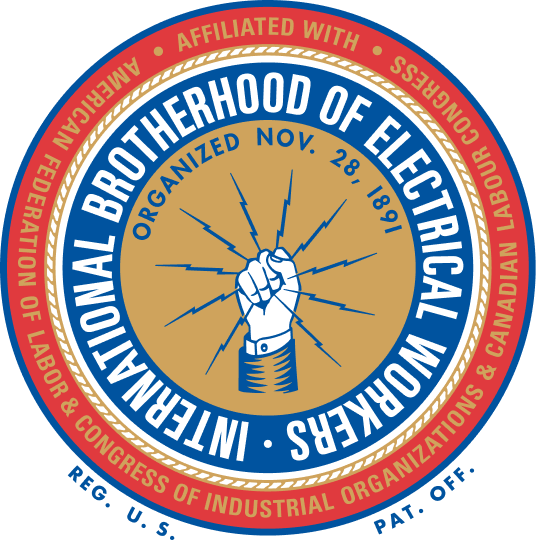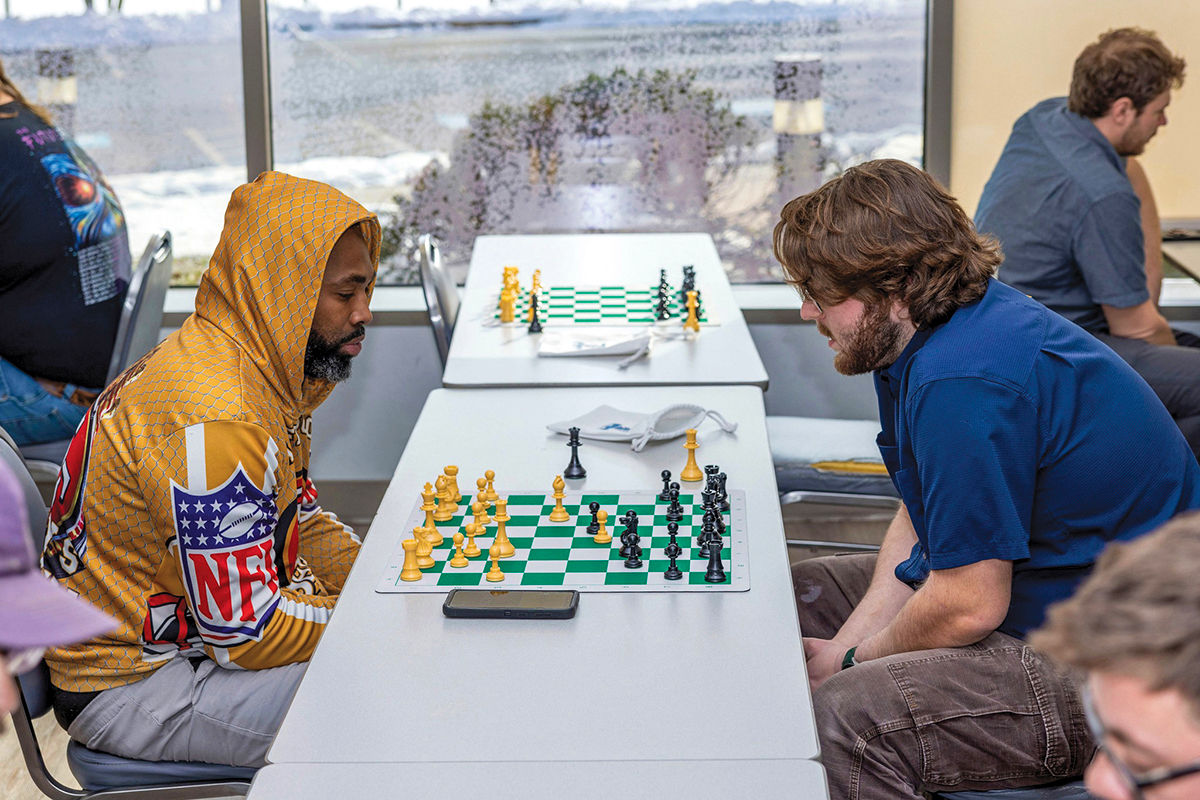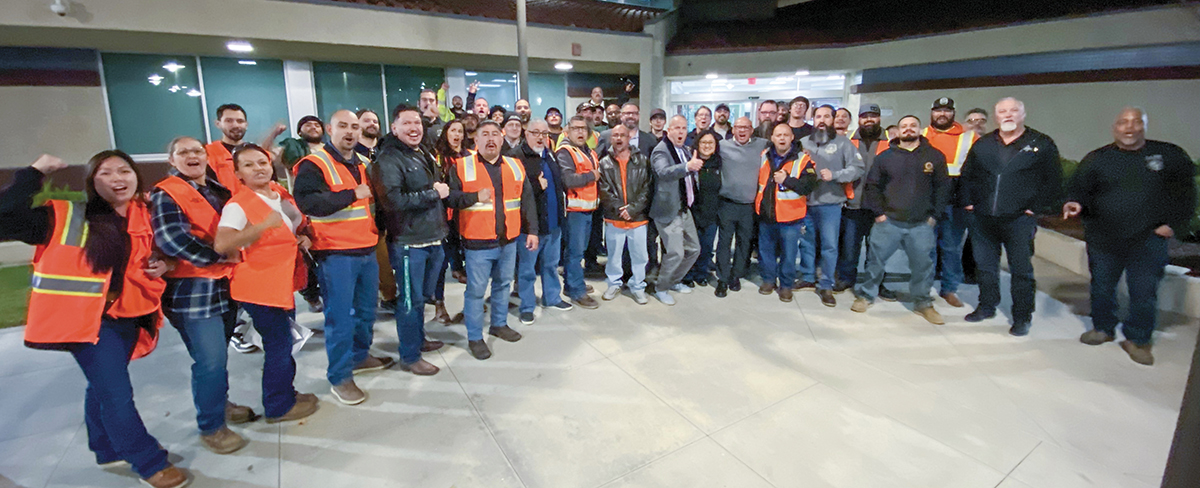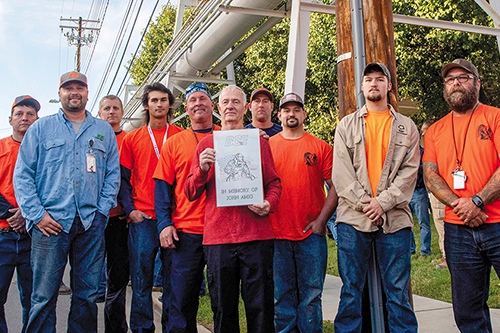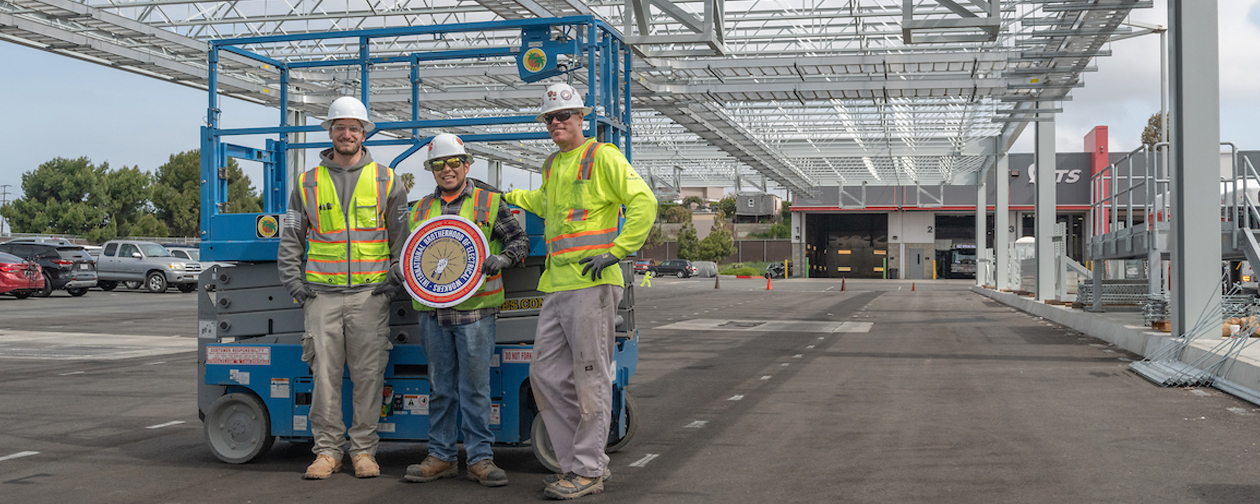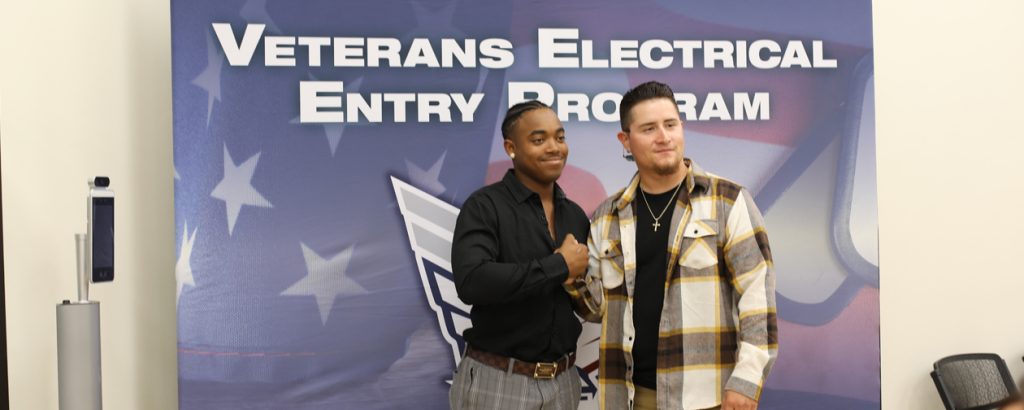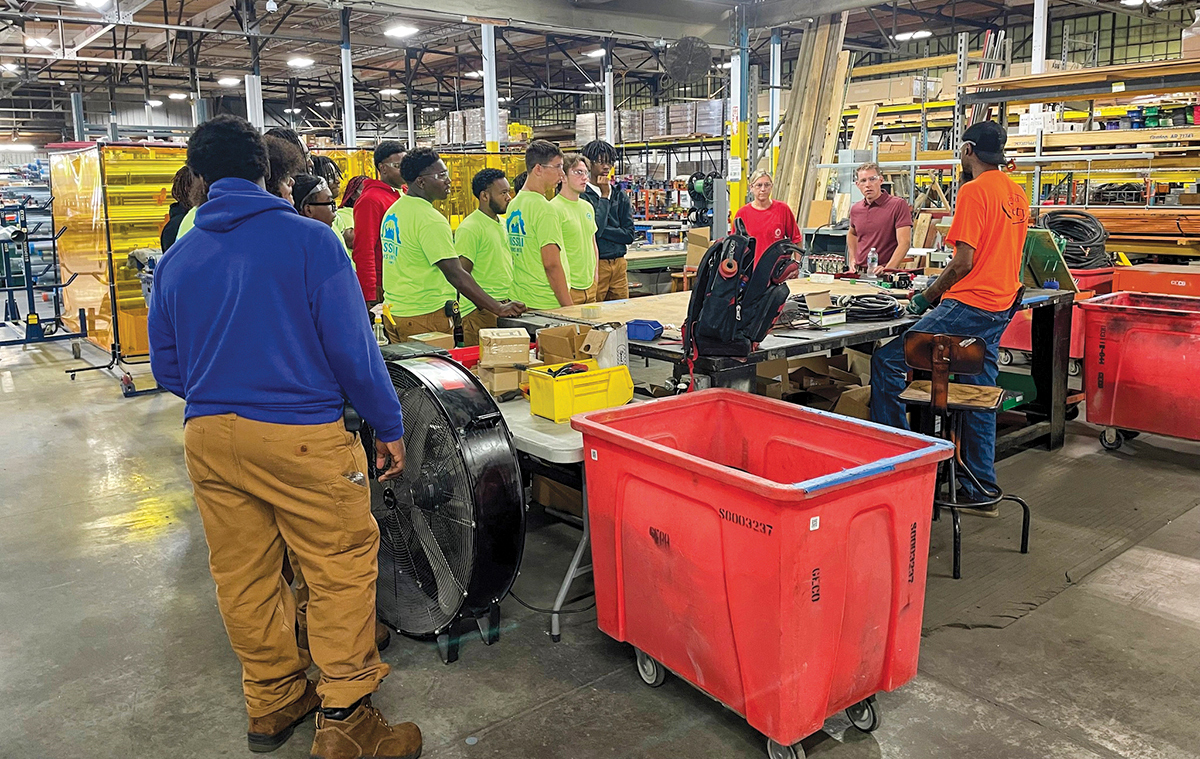
With construction on the rise and college tuition prohibitively expensive for many, more high school students are taking a look at the trades. St. Louis Local 1 and Minot, N.D., Local 714 are two locals among many in the IBEW that are meeting this moment.
“We need these kids coming into the trade,” Local 714 Business Manager Bob Wolf said. “And if they come in ready, if they come in with that clay, we’ll mold them.”
The Bureau of Labor Statistics estimates that there will be at least 80,000 net new jobs for electricians every year over the next eight years, roughly twice the rate of all other trades. And increasingly, young people are looking to the trades for a debt-free and rewarding career. One report found that 93% of Generation Z graduates and 80% of parents said learning a skilled trade can be a better route to economic security than college. Gen Z is roughly defined as people born between 1997 and 2012.
“We’ve seen a shift in what our society needs and values as a career over the last few years, and I think it’s important that students know that a four-year degree isn’t the only pathway to success,” said Nick Ziegler, an instructor at Minot High School who teaches construction classes.
Minot High recently revamped its electrical wiring program to follow curriculum established by the Electrical Training Alliance. One part is hands-on, in which students create wiring diagrams, assemble circuits according to the diagrams, and then test or troubleshoot the circuits. The second part is virtual and facilitated by Local 714 and the Dakotas Electrical Apprenticeship, taking the students through the early stages of an electrical career and introducing them to subjects like electrical theory, codes and plan reading.
The course is in its infancy, but early results have been promising, Wolf and Ziegler said.
“We hit the trifecta. The kids, the IBEW and the community all benefit,” Wolf said. “The kids get a leg up with a highly paid, in-demand career; the IBEW gets more electricians so we can man more jobs; and the community gets more skilled workers.”
For students who choose to continue their electrical education, they get direct entry into Local 714’s apprenticeship and will start with five of the seven course requirements completed for their first year, allowing them to top out sooner.
“This is a huge selling point for many of the students getting ready to graduate because it gets them there a little faster than their peers and gives them real, tangible goals where they can see their efforts produce results and advance their careers,” Ziegler said.
In Missouri, the Ritenour School District Path to Trades program is a two-year work-based initiative that introduces high school students to various trades, including electrical careers, through its partnership with St. Louis Local 1. The program, which started in October, is offered to freshmen and follows them through their high school years, with the opportunity to continue their trades education at North Tech High School in their junior year.
“Local 1’s role is to help these young men and women find their way into the union,” Business Manager Frank Jacobs said. “Hopefully this will help them find their career path early on.”
Local 1 also works with Missouri Works Initiative, a nonprofit supported by the state AFL-CIO, on programs with the Boys and Girls Club of Greater St. Louis and St. Mary’s South Side Catholic High School. The pre-apprenticeships provide students with hands-on learning experiences, direct exposure to registered apprenticeships and career guidance.
They use the North America’s Building Trades Unions’ multicraft core curriculum and even provide the necessary workwear, Missouri Works Initiative Executive Director Megan Price said.
“We aim to de-risk new apprentices for both the contractors and unions,” said Price, who is also a Local 1 member. “They are ready to hit the ground running on Day 1 of the apprenticeship.”
The programs are supported in part by the Electrical Connection, a joint venture of Local 1 and the St. Louis NECA chapter. Local 1 also provides an instructor.
“Local 1 has been instrumental in our programs’ success,” Price said. “From opening the training center up to our students and showing off the electrical trade, to helping us find the best instructor for our program, in addition to the financial support, it all goes a long way.”
While reaching out to students in high school can come with a degree of uncertainty, Local 714’s Wolf noted that colleges and the military have long been doing it.
“Why not the trades?” Wolf said. “It’s a great time to give these young people some exposure so they can see what it’s all about and if it’s a good fit for them.”
Compared to other forms of outreach, it also provides a good return on investment.
“If we get five kids from the program, that’s better than we’d do running an ad,” Wolf said.
